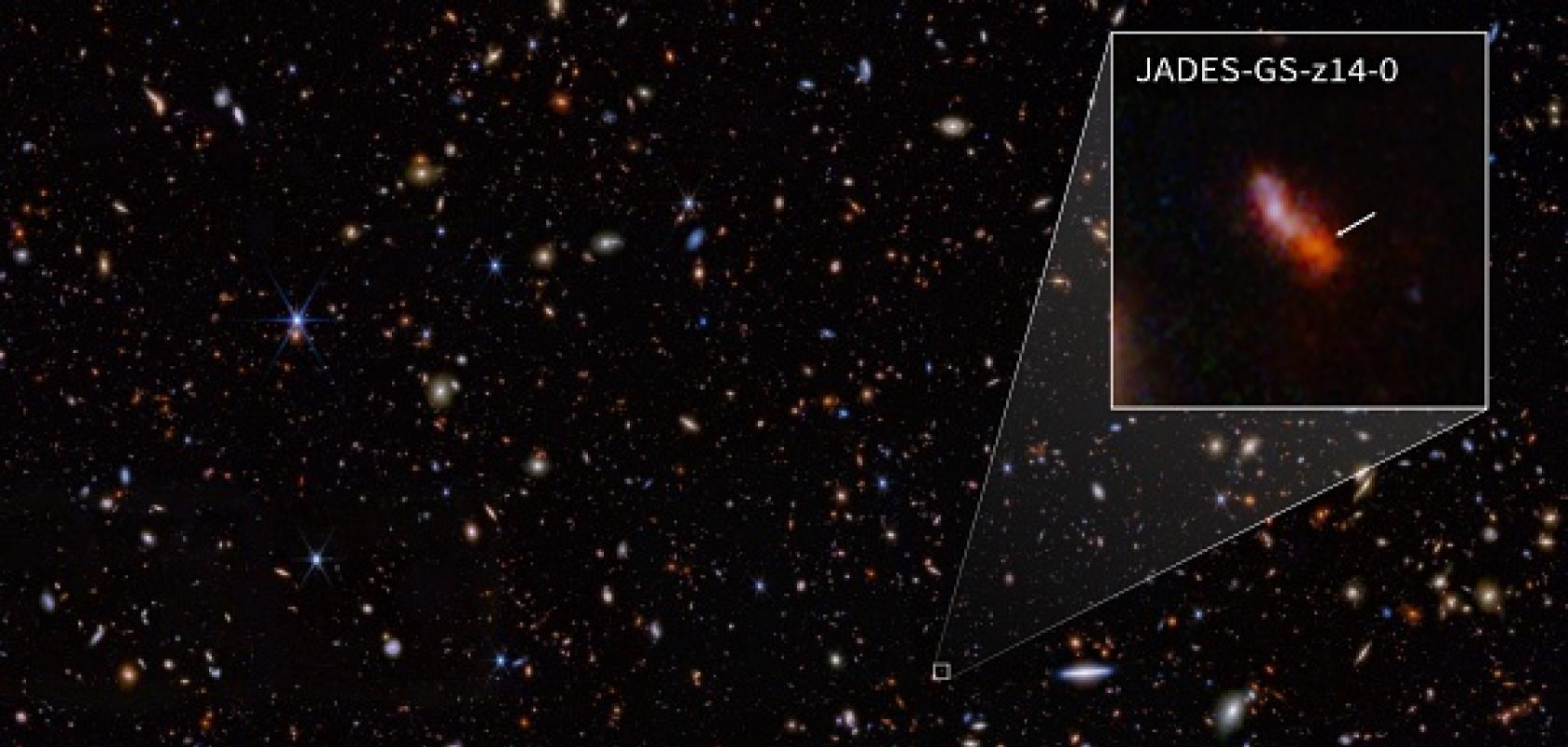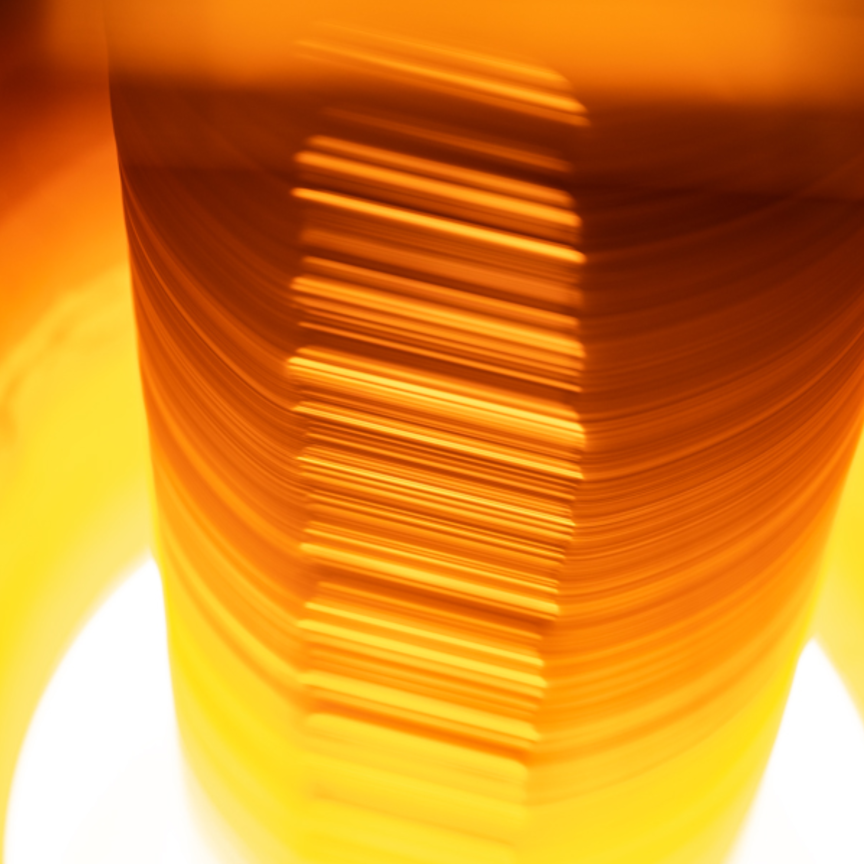The near-infrared camera (NIRCam) instrument fitted to the James Webb Space Telescope (JWST) has recently found a never-seen-before galaxy, viewing light that was emitted as long ago as 290 million years after the Big Bang.
The James Webb Space Telescope (JWST) was developed to study the so-called “Cosmic Dawn”, viewing light that emanated from the furthest reaches of the universe. During the telescope’s Advanced Deep Extragalactic Survey (JADES) in early 2023, astronomers were able to identify hundreds of possible galaxies that date back to the first 650 million years of existence.
When one of those distant, early galaxies – now known as JADES-GS-z14-0 – appeared as especially bright for its suspected age, and with JWST’s near-infrared camera (NIRCam) indicating a particularly high red-shift thus proving its distance, the astronomers decided the galaxy warranted closer inspection.
Near-infrared camera takes a closer look
After the team collected a spectrum of the JADES-GS-z14-0 over ten hours in January this year, they found a record-breaking red-shift of 14.32 – beating the previous record of 13.2 by some margin – proving that it was the earliest galaxy ever observed.
“From the images, the source is found to be over 1,600 light-years across, proving that the light we see is coming mostly from young stars and not from emission near a growing supermassive black hole,” wrote astronomers Stefano Carniani from Scuola Normale Superiore in Pisa and Kevin Hainline from the University of Arizona in a NASA blog post. This begs the question, suggested the investigating team, how can such a bright and large galaxy appear within 300 million years of the Big Bang?
Mid-infrared instrument finds evidence of new galaxy’s history
Using a mid-infrared instrument (MIRI) to provide additional observation data on JADES-GS-z14-0, JWST also found bright emission lines corresponding with hydrogen and oxygen around the galaxy, suggesting that multiple generations of massive stars had already lived and died by the time it was observed.
“All of these observations together, tell us that JADES-GS-z14-0 is not like the types of galaxies that theoretical models and computer simulations predict existed in the very early universe,” said Carniani and Hainline. “Given the observed brightness of the source, we can forecast how it might grow over cosmic time, and so far we have not found any suitable analogs from the hundreds of other galaxies we’ve observed at high redshift in our survey.”
Assuming the findings are corroborated through peer review, the discovery could have far-reaching implications on the predicted number of bright galaxies in the early universe, with astronomers possibly finding similar objects at even earlier dates.


